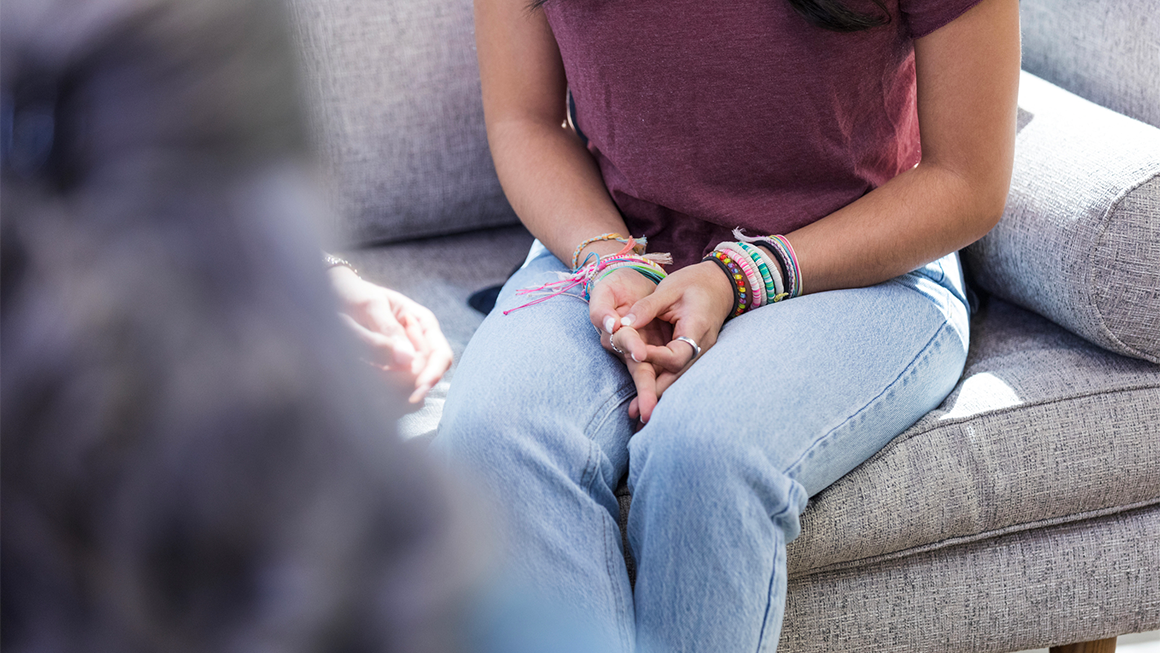
Victim service providers (VSPs) have faced steady funding cuts over the years, but the decline has been especially severe since 2018. Funding from the US Crime Victims Fund (CVF) has dropped by more than 70 percent since then—including a nearly 40 percent reduction just since 2023 (PDF). If this trend continues, the fund’s ability to support critical victim assistance services for millions of people who rely on their support will be at serious risk.
VSPs play a critical role in public safety. They not only support victims in the aftermath of crime, but they also mitigate victimization through education, training, legal assistance, court advocacy, and policy reform. Many VSP nonprofits’ services encompass a wide range (PDF) of support, including crisis hotlines, financial assistance and compensation, emergency and transitional shelter, crisis intervention, and short-term therapeutic care, like psychotherapy and support groups.
VSPs rely heavily on federal funding, primarily from the CVF, which was created under the 1984 Victims of Crime Act (VOCA) and is sustained by criminal fines and forfeitures. The 1994 Violence Against Women Act also provides critical grants to victim services nationwide. Over the years, this funding has helped expand and strengthen victim services (PDF), ensuring crime victims have access to support, state compensation programs, and legal rights within the justice system.
According to the Victim Assistance Data Dashboard, 6,458 VOCA-funded subgrantee organizations provided services to 7.9 million people. Further cuts to an already shrinking fund could have real, devastating consequences for crime victims and their families.
Crime victims won’t feel the effects of resource cuts equally
Fewer resources mean fewer advocates would be available to provide support, information, and assistance in the aftermath of violence. The impact is especially harsh (PDF) on rural communities and smaller agencies, which are already stretched thin. Without adequate funding, these challenges will only grow in the months and years ahead.
With federal funds, victim service programs grew significantly in size and scope from the first 3 VSPs in 1972 to more than 12,000 VSPs as of 2017. At the same time, the victim advocacy profession flourished with enhancements in professional standards for facilitating trauma-informed, culturally relevant, and ethical victim-centered advocacy services.
In recent months, shifts in federal funding have put nonprofits—especially smaller victim assistance organizations serving rural or specialized populations—at risk. Further cuts could make it harder to hire and train qualified victim service providers; eliminate essential, life-saving support for victims of abuse, assault, trafficking, and violence; and limit training opportunities for advocates on the front lines.
A stark example of these funding cuts is the Navy and Marines’ suspension of their sexual assault prevention and response training—critical programs designed to combat sexual violence in the military. Meanwhile, the US Department of Justice’s Office on Violence Against Women recently withdrew funding announcements for research and technical assistance on gender-based violence. These grants and contracts are often lifelines for victim service providers (PDF), helping them “keep the lights on” and continue their vital work.
Victim service providers need more funding to meet growing needs, not less
While VSPs struggle to navigate these financial setbacks, the demand for their services continues to grow. A 2023 survey by the National Alliance to End Sexual Violence (PDF) found that nearly 70 percent of sexual assault programs saw an increase in demand for services, yet 57 percent experienced staffing reductions. Thirty-three percent reported waitlists for critical support. Similarly, the National Network to End Domestic Violence reported that on a single day in 2023, 79,975 domestic violence survivors received services—but 13,335 requests went unmet because of a lack of funding.
As VSPs strive to expand access and make services more inclusive, they’re also confronting growing challenges: technology-facilitated violence, mass violence, hate crimes (PDF), gun violence, and rising homicide rates (PDF).
VSPs are a vital part of the nation’s public safety net, working to protect people from further victimization and injustice. Threats to these organizations are threats to the safety and security of communities across the country.
Let’s build a future where everyone, everywhere has the opportunity and power to thrive
Urban is more determined than ever to partner with changemakers to unlock opportunities that give people across the country a fair shot at reaching their fullest potential. Invest in Urban to power this type of work.